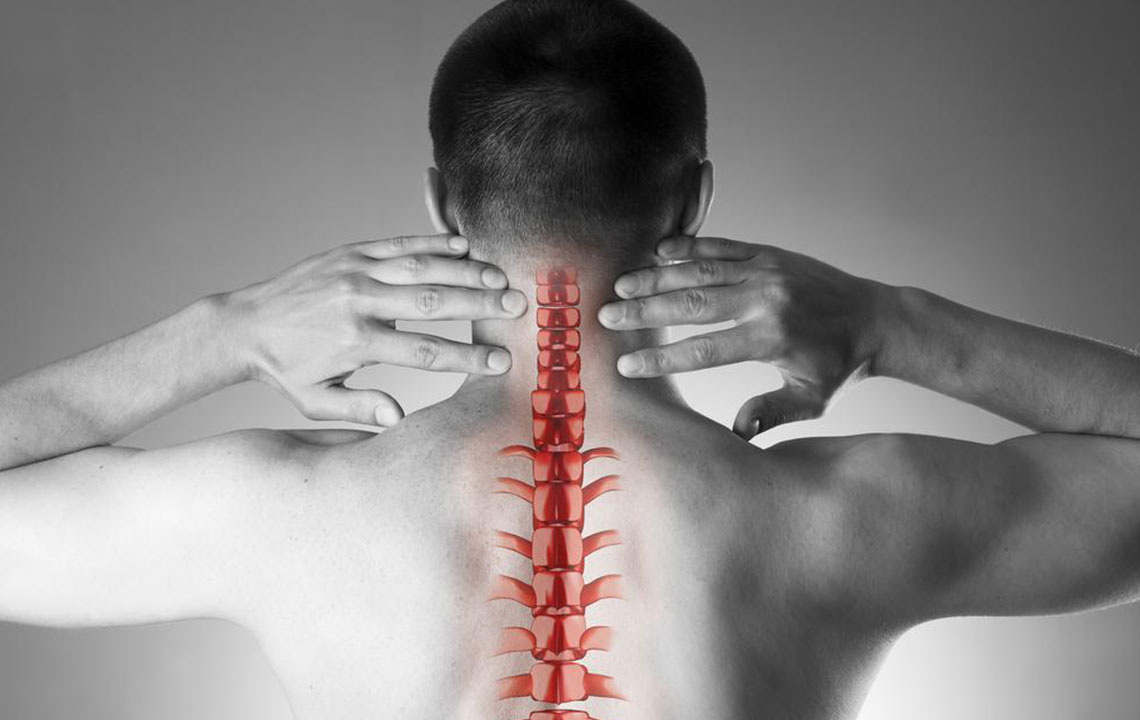Minimally invasive surgical methods to relieve spinal stenosis
Spinal stenosis is a narrowing of the spaces within the spinal cord, which can pressurize the nerves that travel through the spine. Spinal stenosis occurs most often in the lower back and the neck.
Mild forms of spinal stenosis can be treated with conservative treatment methods, such as physical therapy, exercises, and stretches. However, more advanced cases of spinal stenosis might require advanced treatment options like laser spine surgery to find lasting relief from chronic pain.
Spinal stenosis, if not properly diagnosed or treated, can lead to chronic pain that limits daily activities of an individual. These symptoms can radiate from the neck or back to the shoulders, arms, hips, legs, and feet.

At most laser spine institute locations, surgeons offer minimally invasive spinal stenosis surgery for relief of chronic pain. This is an alternative to traditional open back surgery. The minimally invasive spine surgery for spinal stenosis has lower complication rates, shorter recovery time and higher patient satisfaction scores than traditional open back laser surgery spinal stenosis.
Types of minimally invasive spinal stenosis treatment and surgery
There are two types of minimally invasive surgery namely minimally invasive decompression surgery and minimally invasive stabilization surgery.
The purpose of decompression surgeries is to decompress the impacted nerve root or spinal cord segment by removing a portion of the affected disc or vertebra that is protruding into the spinal canal.
In case of a severe spinal stenosis, a transforaminal lumbar interbody fusion or anterior cervical discectomy fusion is carried out to treat spinal stenosis.
Much like the decompression surgeries, minimally invasive stabilization surgeries first determines the exact location of symptoms, following which the nerve tissue is decompressed by removing the weakened disc that is allowing spaces within the spinal canal to narrow. Since, in cases of minimally invasive stabilization surgery, the affected disc needs to be completely removed, a large open space is left in the spine. During surgery, an implant is inserted into the open space to stabilize the spine and help prevent future spinal stenosis.

